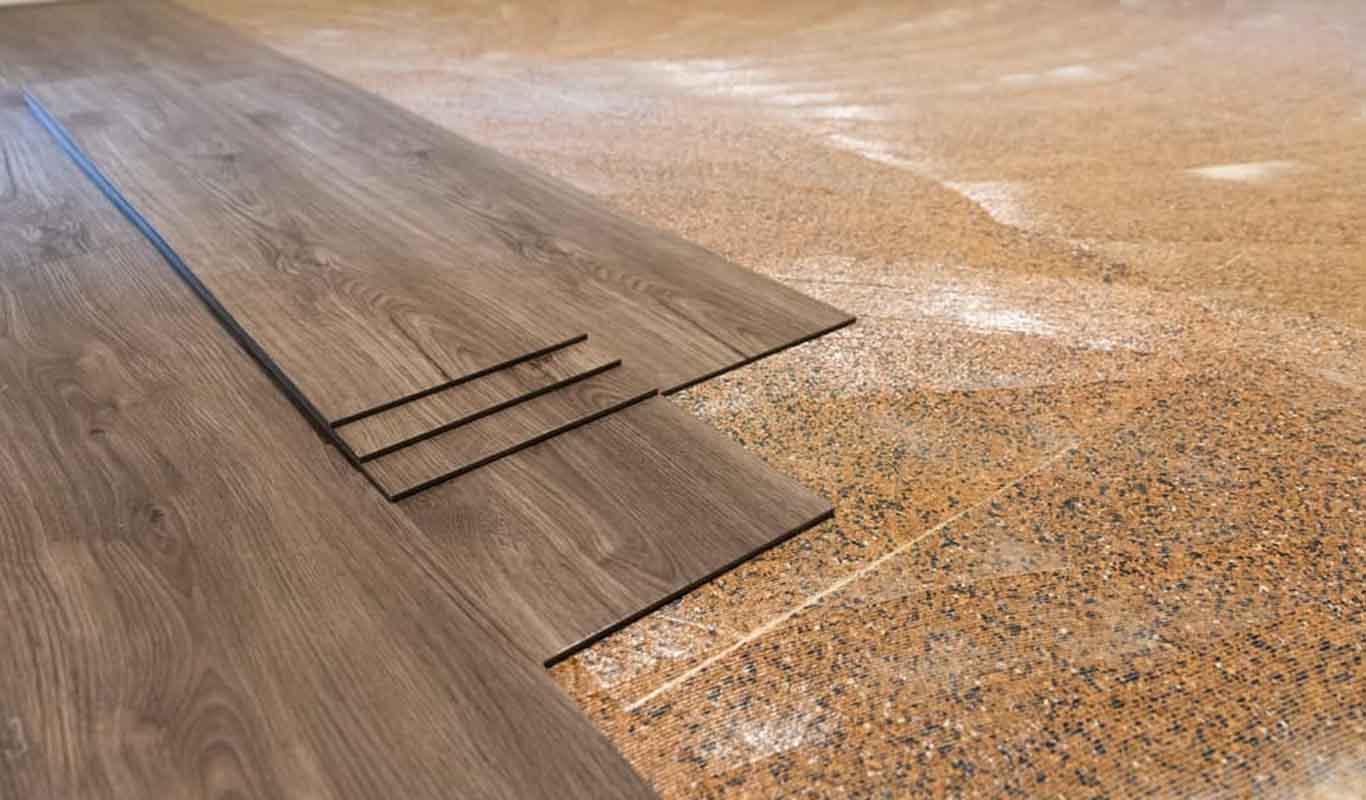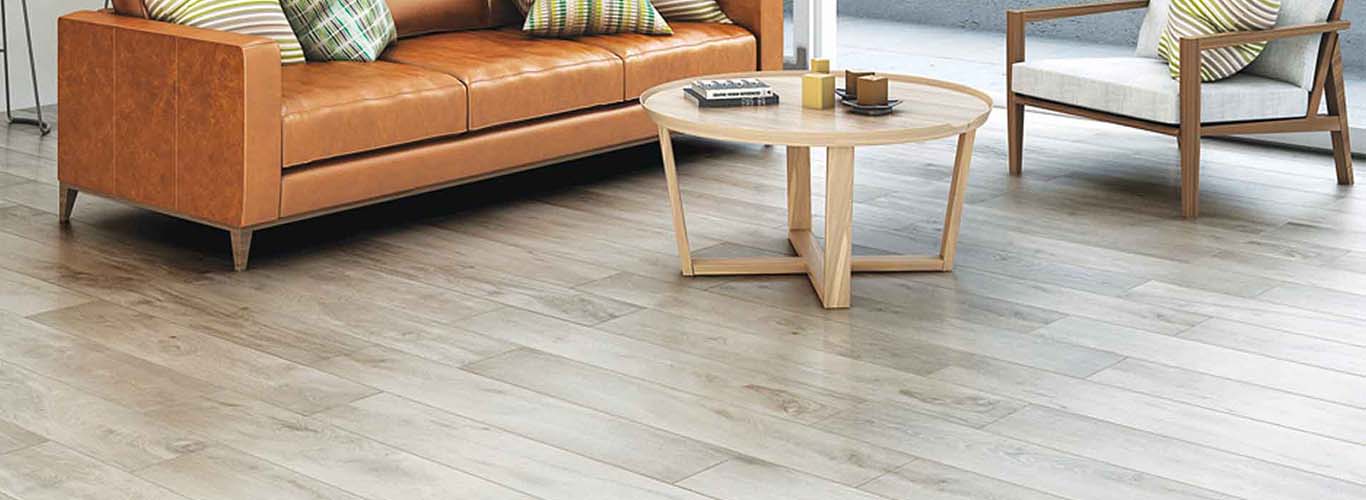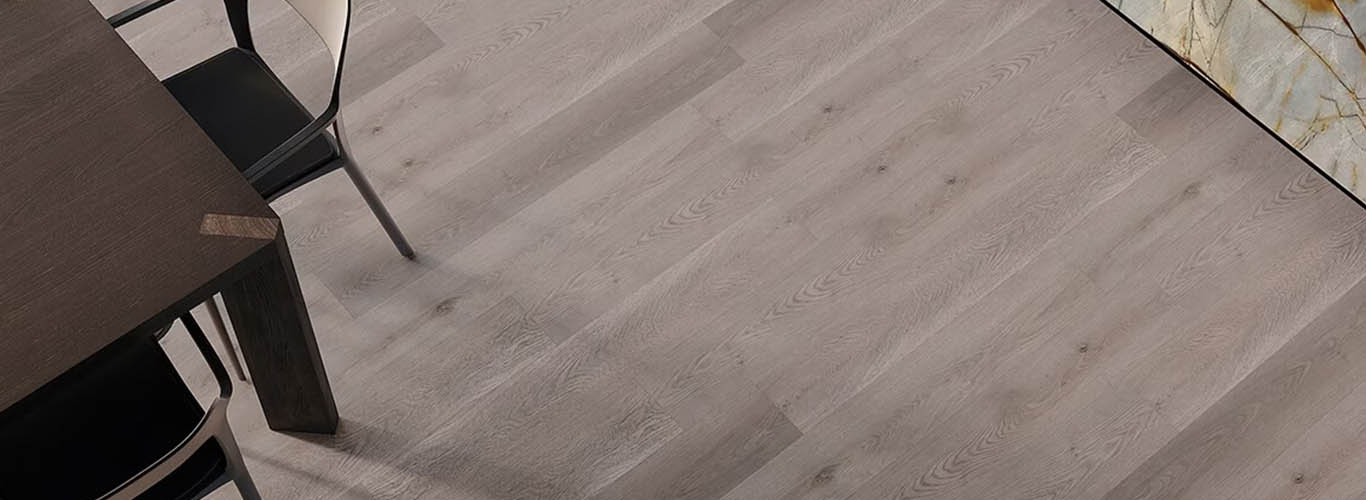
Order by phone 0121 433 3389
- FREE Samples
- Lowest Price
- Fast Delivery

Order by phone 0121 433 3389
All Carpets include FREE Fitting & FREE Delivery : Prices start from £3.99 m2

Luxury vinyl flooring is the popular choice when it comes to choosing the best flooring option. It is a specific type of vinyl flooring that offers a realistic stones and wood appearance. It comes in two main types: LVP (luxury vinyl planks) and LVT (luxury vinyl tiles).
This blog post will discuss the differences, similarities, and pros and cons of LVP and LVT.
Infographic Table
| Features | LVP Flooring | LVT Flooring |
| Construction | Mimics the look of hardwood planks | Mimics the look of ceramic or stone tiles |
| Shape | Planks | Tiles |
| Installation | Loose lay Click together Glue down | Loose lay Click together Glue down |
| Durability | Highly durable | Highly durable |
| Water Resistance | Waterproof | Waterproof |
| Sound Insulation | Good | Good |
| Maintenance | Easy to clean and maintain | Easy to clean and maintain |
| Design Options | Wide range of wood finishes | Wide range of tile designs |
| Price | Varies (depends on quality) | Varies (depends on quality) |
Feel Free To Get In Touch With Us To Get A Quote Over Different Laminate Flooring Service

Luxury vinyl planks (LVP) are the most popular type of vinyl flooring that gives the appearance of hardwood planks. The imprinted design, texture, and look of LVP are so genuine that it can be difficult to distinguish luxury vinyl planks from actual hardwood planks.
Luxury vinyl tiles (LVT) are another popular type of luxury vinyl flooring. The tiles imitate natural stone or ceramic tiles in appearance and texture. You can get a high-end tiled look using LVT for a fraction of the expense of purchasing and installing real tiles.
Both types of vinyl flooring are very similar, with the only difference in the shape. The comparison given below will help you choose the best type for your home.
The main difference between LVP and LVT is their shapes. LVP flooring comes in the form of thin and long strips, while LVT flooring comes in the form of squares. These squares are glued together like a puzzle.
LVP comes in a variety of patterns and colours. It is available in different forms having appearances such as bamboo floors, hardwood floors, and more. On the other hand, LVT is also available in many patterns and colours and gives of appearance of porcelain, concrete, stone, granite, slate, and more.
Manufacturing of both types is similar. They consist of three layers:
The installation of LVP and LVT is easy and can be performed by homeowners. Both require floor prep, which might be a bit difficult, so hiring a professional for the utmost perfection is recommended.
There are three main installation methods:
This method involves laying luxury vinyl planks or tiles on the floor without any glue or adhesive. To attack the flooring product, rubber backings are used.
It is a quick and easy method of putting flooring for DIYers. The edges of click-together tiles or planks have a protruding lip on one side and a groove on the other. You can interlock the flooring by placing the lip of one plank or tile into the groove of the next plank or tile. When putting click-together luxury vinyl flooring, no adhesives are required.
This method involves applying glue to the floor before placing vinyl tiles or planks. When you buy vinyl flooring, the glue typically comes with it, but you can also purchase it from any local store.
Feel Free To Get In Touch With Us To Get A Quote Over Different Laminate Flooring Service

LVP is a cheaper option if you want a hardwood floor, as it gives the exact same appearance at less cost. Remember that many factors can affect the cost, including how much area you want to cover and from where you buy it.
When it comes to LVP flooring, you have many options. You’ll have very limited design options when you choose real wood flooring. Selecting a style that appeals to you and complements the rest of your home becomes very tough. This is not the case with LVP flooring, which has various colours and patterns.
Installing LVP flooring is an easy task; you can even do it yourself. You can simply install vinyl planks in an interlocking system, eliminating the need for nails or adhesives.
Maintenance and cleaning of LVP is very simple compared to other flooring types, such as wood flooring. You only need a wet cloth to clean the dust from the floor surface.
One disadvantage of luxury plank flooring is that it does not hold up well to direct sunlight. This implies that excessive sun exposure may cause the flooring to fade. Using blinds or curtains in rooms where the flooring will be put is an excellent method to avoid this problem.
Luxury vinyl tiles are resistant to wear and tear and water. Therefore, it is recommended to install LVT flooring in the bathrooms and kitchens.
Luxury vinyl tiles are available in a variety of styles and designs. You can easily find a flooring design according to the overall look of your room.
Luxury vinyl tiles are more pleasant to walk on than other types of flooring, such as stone or wood. Aside from that, walking over luxury vinyl tile will not make noise. It is an excellent choice for anybody looking for a more quiet flooring option.
One of the biggest disadvantages of LVT is that it does not raise the value of a property. Yes, the flooring makes your property look attractive. However, if you want to sell your property, it is unlikely that a home appraiser will consider it.
The luxury vinyl tiles flooring is associated with some safety risks. For instance, this sort of flooring does not absorb liquid, which means that if a beverage spills, it will pose a safety threat. It is critical to maintain the flooring dry to avoid the chance of falling.
Both LVP and LVT are good flooring options as they are durable and easy to maintain and install. Choosing the one depends on your personal preferences; if you want a wooden floor look, LVP is the best option for you, but if you want a floor look like concrete or stone appearance, go for LVT.
Quick Links
Categories
Address:
1428 Pershore Road Stirchley Birmingham B30 2PH
Mobile:
0121 433 3389
Email:
contact@jjsonline.co.uk
Copyright 2024 | JJ's Flooring | All rights Reserved.
Order in Confidence with Secure Online Payments
We accept all major credit & debit cards.